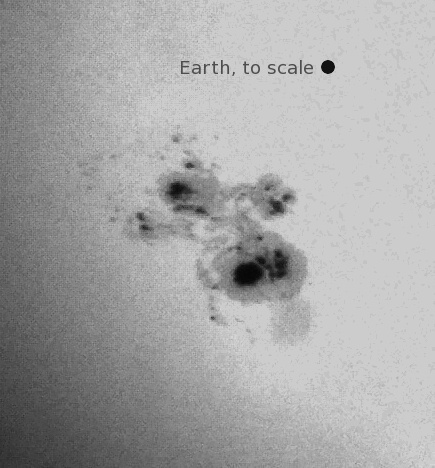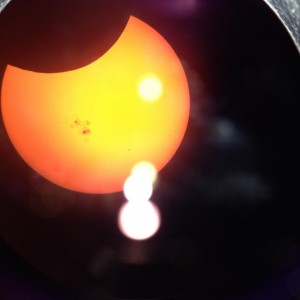Pacificon is the local yearly hamfest, which took place at the Santa Clara Marriot this weekend. I couldn’t go for the entire weekend, but I decided that spending at least part of my Saturday amongst my fellow hams would be good fun, so I set my alarm to an annoyingly early time (for the weekend) so that I would be able to drive down ahead of the first Saturday session (which began at 8:15) and went to sleep.
The drive south was uneventful, I arrived at about 8:00. By then, the swap meet had been underway for about 2 hours or more (I never understood the desire of people to either sell or buy things so early in the morning) but I did a quick scan. I did see a few things that seemed pretty nice: I’ve been meaning to pick a Variac, and saw a couple of fairly nice ones for $80, but for whatever reason, I didn’t bite. I also saw an old TRS-80 Color Computer, which I thought was cool, but also decided against it (I’m sure to the great pleasure of my wife). I got myself registered, and headed off to my first session.
The first session I attended was the session on FreeDV given by Mel Whitten, K0PFX. FreeDV is a digital voice program that uses David Rowe’s Codec2 low-bitrate voice codec. Like many presentations which concentrate on software, it was fairly mundane, but I did come away with something I didn’t know: The FreeDV QSO finder. I had tried to play with FreeDV before, but had some difficulty locating people using it. The QSO finder might help. I also heard some progress on the SM1000 Smart Mic which is basically a computer that manages the digital codec stuff transparently, essentially turning any SSB transceiver into a digital voice transceiver. It’s still a work-in-progress, but sounds really cool. I also learned that FlexRadio has started shipping software that automatically integrates FreeDV, courtesy of a new architecture change that allows third-party code to be loaded into their proprietary SDR software. A nifty merger of open and closed software.
The next session I attended was given by Patrick Bunsold, WA6MHZ, entitled “Restoring Antique Radios”. You can check out his website here. He has an amazing, even a maniacal, collection of radios of all sorts. His presentation consisted of a huge number of slides of an incredible number of radios that he had acquired and restored. His presentation didn’t go into restoring the electronics, instead it was mostly centered on cosmetic restoration. While I found that a tiny bit less informative, ti was nevertheless a nice presentation. I ended up texting my wife that she should appreciate that my own enjoyment of the hobby didn’t involve acquiring dozens of each type of radio (he had 27 Heathkit Two-ers, for instance).
The third session was for me the most enjoyable. Thomas Sarlandie, KK6AHT, gave a talk entitled Building Minima, an HF Transceiver. The Minima is an all-band SSB transceiver, designed by Ashar Farhan, VU2ESE, who is also the designer of the popular BitX transciever. The Minima is a particularly interesting design. It is simple, inexpensive, modular, and frequency agile. It uses an ATMega328 (the same processor used in the Arduino) and an Si570 programmable oscillator chip from Silicon Labs. The Si570 can be instructed over the I2C bus to generate a wide variety of frequencies, which the Minima uses as the local oscillator signal. Very nice. Thomas’ presentation was really good. Luckily, you don’t need to take my word for it, you can look at his materials, as well as an audio recording on his web page. It’s inspiring: I’ve ordered some parts to start my own. More on that some other time.
During the lunch break, I bumped into Bruce Perens, K6BP. I first met Bruce over two decades ago when he was working at Pixar, and bump into him from time to time. He was giving a pair of presentations on on Alogram, his “HT of the Future” concept. I’ll try to dig out some online references to it, but the Bruce’s vision is basically to make an HT which is an open platform, and will allow you to create a more app-like environment where new modes can be quickly implemented. Nifty…
I also attended Joel Wilhite, KD6W’s talk on Building Your Own Microwave Rig. I’ve been interested in microwave operation for quite some time, but haven’t done much. I mostly filed it under “for future consumption”.
I bumped into a few other people, had some lunch, and then realized that I was getting tired. I stopped by the ARRL booth to renew my membership, and then headed home, thinking about crystal filters and the like all the way home.
A nice Saturday.

